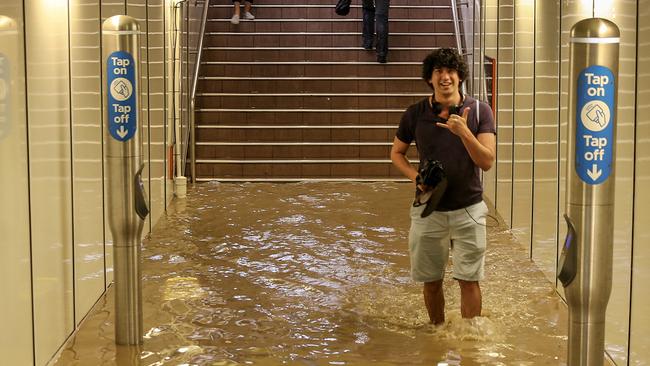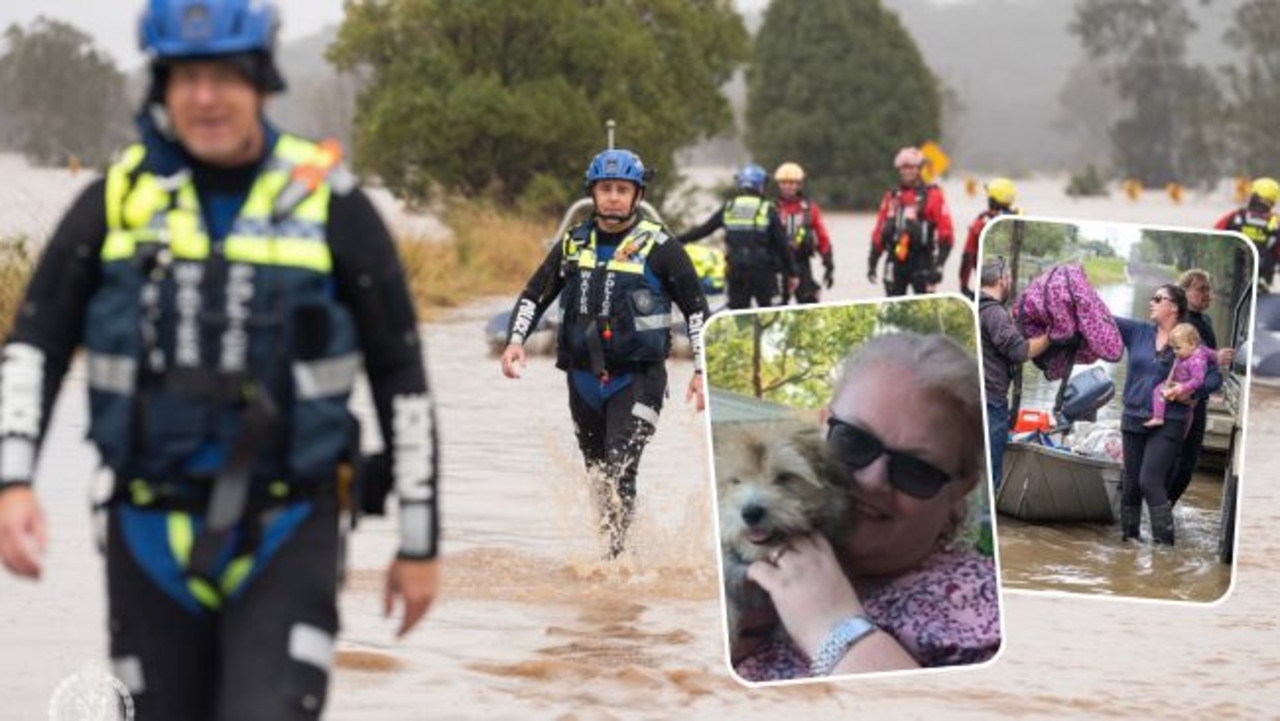Sydney struggles under once-in-a-hundred-year drenching
Sydney’s once-in-a-hundred-year drenching has cost the city up to $500 million in lost construction work on already-delayed major projects as builders take the rest of the week to clean up the mess.
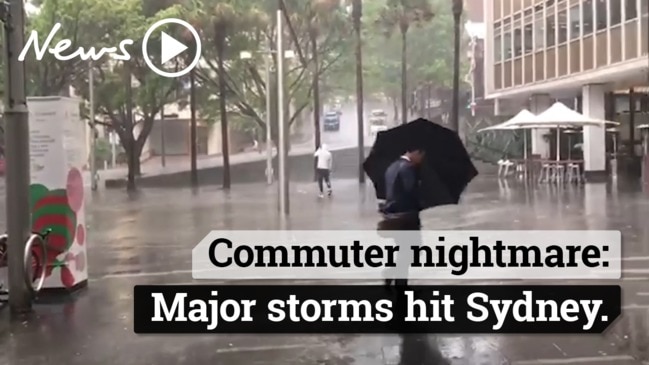
NSW
Don't miss out on the headlines from NSW. Followed categories will be added to My News.
- LIVE BLOG: SES volunteer dies during storm clean-up
- Huge storm kills two and wreaks havoc across city
Sydney’s once-in-a-hundred-year drenching has cost the city up to $500 million in lost construction work on already-delayed major projects as builders take the rest of the week to clean up the mess.
And experts say the ripple effect of cars slowing to avoid pot holes on overcrowded roads could damage the economy for months to come.
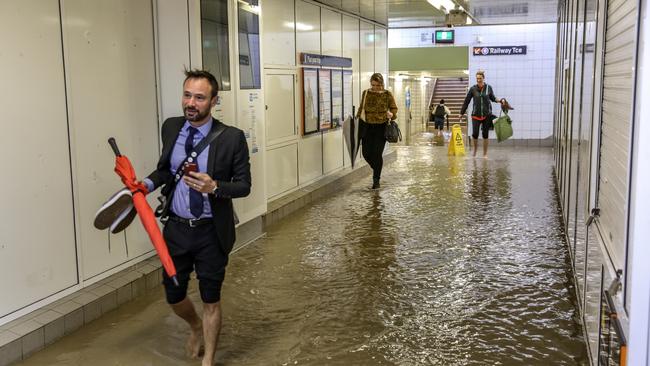
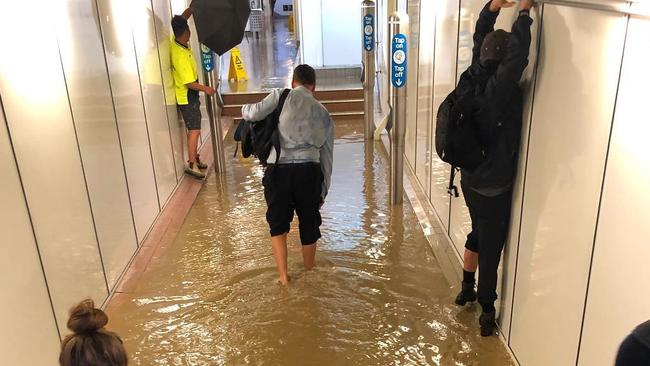
MORE NEWS:
Surfer attacked by shark on Sydney’s northern beaches
Mosman chemist jailed over illegal vaccine supply
Nursing home victim ‘beaten with a walking stick’
“We all know that Sydney fails when it rains a little bit,” PwC chief economist Jeremy Thorpe said.
“We have not built a resilient city.
“We are playing catch up with our infrastructure.”
Mr Thorpe said the deluge that dumped a month’s worth of rain across Sydney in just two hours has halted major projects right across the city, including the already overdue Sydney Light Rail, for the rest of the week.
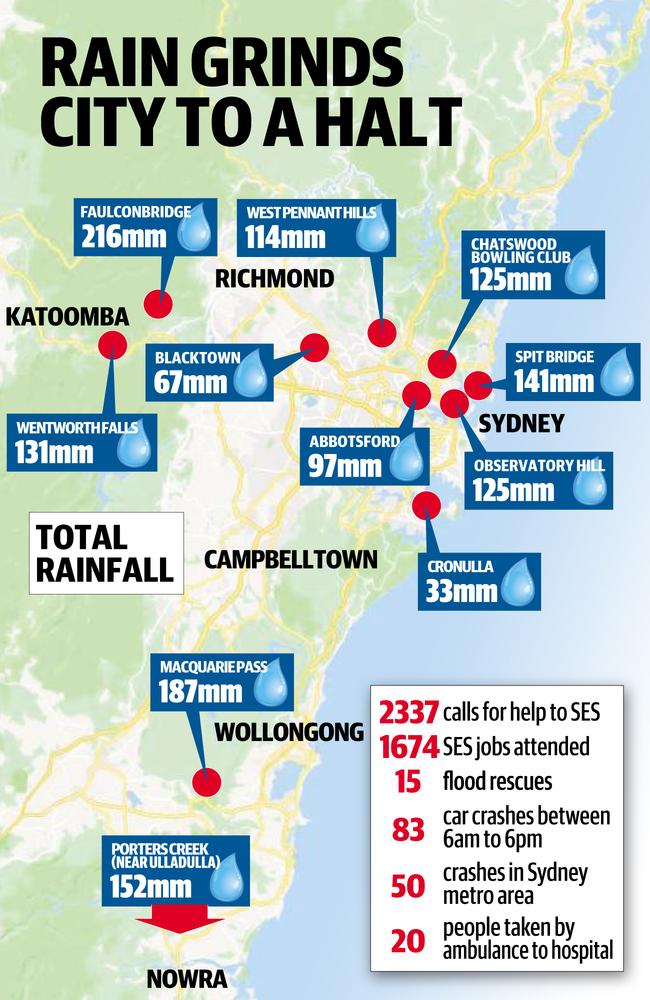
“Construction shuts down and then you spend three days cleaning up the mess left from the rest of the storm.”
The transport industry took a beating yesterday as the airport was reduced to just one runway with 150 planes cancelled.
Commuters battled to get to work on overcrowded buses and trains.
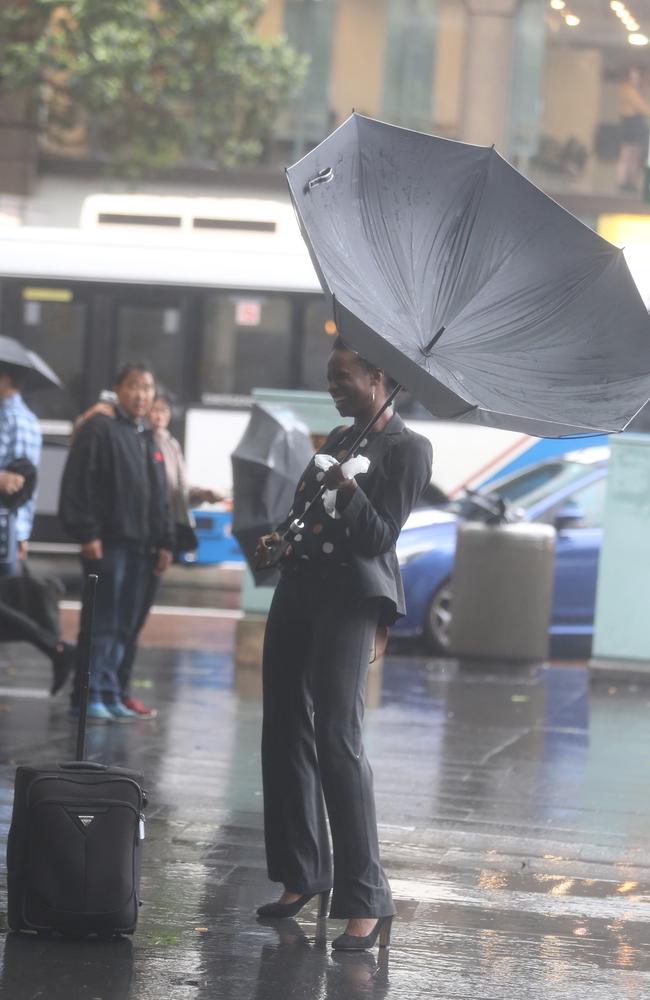
“The impact of the storm is clearly felt in the construction industry where rain causes immediate delay, as well as the delay due to the need to clean up from the storm,” Mr Thorpe said.
“Every day the industry is delayed in Sydney costs the state in the order of $125 million in lost Gross State Product.”
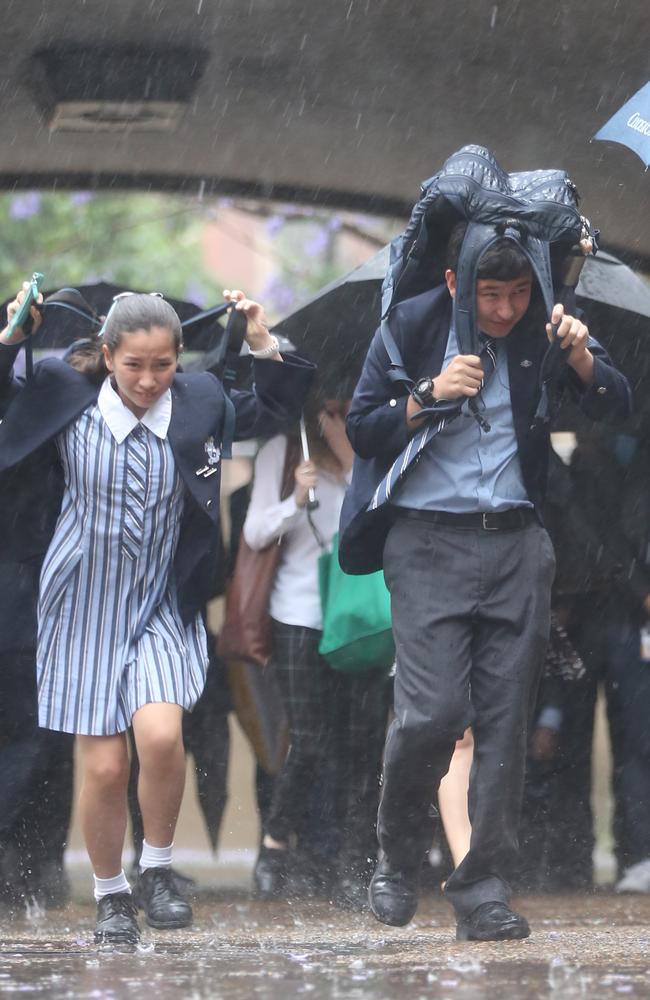
The four days of lost productivity could cost up to $500 million.
Urban Taskforce chief executive Chris Johnson warned that “Sydney is going to be pothole central following these rains.
“It is amazing how one little hole can have a ripple effect right into the traffic system as cars slow down to avoid it.
“We need to look at the black spots, the low lying roads and flooded stations, and invest in those.”

Commsec chief economist Craig James added: “What an event like this does is highlight areas of our infrastructure, particularly in terms of our roads, where more work needs to be done.
“Big rains expose areas where money needs to be spent,” he said.
The rains yesterday closed the Anzac Bridge and roads in Rozelle, North Narrabeen, Oxford Falls and Annangrove.
Lewisham Station was flooded and buses replaced trains between Gordon and Hornsby in Sydney’s north.
Mr James said the economic impact in terms of lost production from people failing to turn up for work was lessened because in the age of modern technology people could work from home.
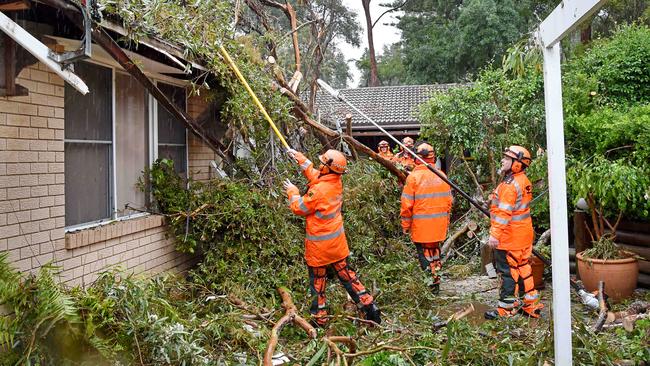
Transport Minister Andrew Constance said the full impact of the storm would not be known for weeks.
SES Operational Response director Scott Hanckel said the rain had taken it’s toll.
“No drainage system in the world is going to take 100mm of rain in just two hours,” Mr Hanckel said.
A Transport for NSW spokesman said a contingency plan was rolled out to deal with the unruly weather.

